Peers Around The World: waves of innovation at Málaga TechPark
/Felipe_Romera__Director_General_of_M_laga_TechPark.jpg)
In this month’s edition of our Peers Around the World series, where we hear from leaders in innovation from across our global network, we spoke with Felipe Romera, Director General of Malaga TechPark and member of the IASP Board of Directors. With extensive experience in management and a long trajectory in the history of IASP, Felipe Romera has played a pivotal role in the success of Málaga TechPark. In this interview, he reflects on the city's transformation into "the Silicon Valley of Spain" and share insights from his longstanding connection with our global innovation community.
You’ve been a key driver of Málaga TechPark’s success for decades, contributing your engineering expertise to the leadership of this innovation ecosystem. Looking back, what are the key milestones that shaped its development into a global benchmark?
It wasn’t easy when we started 35 years ago. We only had Silicon Valley as our reference point, our example, and some parks being developed in Europe, mainly in the UK. The Spanish model, which was primarily driven by regional governments, was still uncertain and, above all, aimed at a goal that was unknown to everyone.
That’s why the park’s development followed a process of observing what was happening — and is still happening — in the world. We tried to adapt to that, to what I’ve called “waves of innovation”. Alongside this exercise in observation, there are three other key characteristics in the park’s development.
The first is institutional cooperation. Without institutional cooperation, it is very difficult to develop a science and technology park, because it is the foundation: having key political and social stakeholders aligned with the project.
The second, which has also proven to be critical, is having maintained a stable management team over these 35 years. This continuity allowed us to gain knowledge and develop professionally by learning from both successes and failures, which is essential for managing a project like a tech park effectively.
Third, though harder to describe, is what I’d call the management of intangibles: personal relationships, business connections, relationships between different actors. All of this creates the conditions for the park to thrive.
How has your technical background influenced your strategic approach to leading the park over the years?
When you set out to develop a park, you need to have a clear understanding of what you want to achieve. That requires deep knowledge of innovation ecosystems: how they develop, how they are managed. It’s no small thing — it’s a crucial element to avoid losing direction. Without that knowledge, it’s easy to stray from the real objective of what building a park means.
From a strategic perspective, the approach is logically based on understanding the environment and knowing what’s happening around you. That’s where technical expertise becomes decisive. Strategy is perhaps one of the most relevant aspects in a park, because it defines the path to follow.
Developing innovation ecosystems in different contexts — whether in highly developed economic areas or in regions with more limited development — demands that technical understanding to manage the ecosystem effectively. But above all, with that technical foundation, you must be able to define strategic paths that guide development appropriately. Because it is very easy to get lost, very easy.
Moreover, knowing the local environment — not just the abstract concept of a park, but how to adapt it to the specific place where it is located — determines how viable and successful your strategic development will be. It helps you take the right path.
Málaga TechPark has become a technological hub that attracts global ICT giants like Oracle, Google, Huawei, and Ericsson, as well as startups that have grown strongly over time. How have you positioned the park to become a magnet for international tech companies?
Typically, from a political perspective, the development of a park is often geared towards attracting large companies, multinationals. But that’s no easy task. Multinational companies look to establish themselves in places where they have interests — these might be market interests, strategic interests... but especially the ability to access talent, which today is a key factor for these large corporations.
At the park, we’ve applied different strategies to attract these companies. One of the most effective has been through local tech startups. Big companies have been able to spot the potential of these startups, acquire them, and that’s been the most efficient mechanism for attracting them.
In other words, a multinational acquires a local company with powerful technological know-how, and that acquisition becomes the starting point to strengthen their international presence in the park. We’ve had some very significant examples. For instance, Google acquired a startup that had been growing within the park for years, and on that foundation, they decided to establish their global cybersecurity center here.
Or Ericsson, which acquired a local startup called Tartessos, later renamed Optimi. It was a company with a strong team and a lot of local expertise, and that motivated Ericsson’s decision to set up operations here.
We also have examples like Oracle, which leveraged the existing ecosystem within the park. Málaga is strategically positioned for access to Europe, and with the advantage of low-cost flights, Oracle set up a development center here. They could move their personnel around Europe easily thanks to those flights, which made it simpler to establish technical operations here. That’s how Oracle started, and often one big multinational paves the way for others to follow.
Attracting multinationals to a park is never easy, but it’s very important because it significantly boosts employment, especially tech jobs. Plus, these big companies create an environment that benefits local startups, which in turn continue driving the park’s development.
More generally, how do you think the role of science parks like yours has changed in the past 10-15 years, especially regarding startups and adapting to the digital economy?
The world has changed substantially from the traditional science park model. A technology park, in its early days, was a physical space of a certain size, where key elements coexisted: technology centers, universities, companies... In that context, the park’s interactions were mostly internal.
But today, that’s changed radically. Digital technologies have transformed everything — and with artificial intelligence, even more so. I now see the park not just as a physical space, but as the manager of an innovation ecosystem that extends beyond the park’s physical boundaries.
For example, in Malaga, we’re expanding this vision by creating enclaves outside the park — areas where a significant number of tech companies are concentrated, and where an institution or individual helps coordinate them, building an innovation ecosystem.
We see these enclaves as extensions of the park. Even though the park itself is still a specific place — in our case, over 300 hectares — interaction is no longer just physical but also virtual. What really matters is configuring that innovation ecosystem, because that’s what ultimately drives the economic development of the region.
In this context, I believe parks must increasingly evolve to become managers, facilitators, and developers of innovation ecosystems that go far beyond the physical limits of the park itself.
Málaga TechPark has always been deeply involved in international collaborations. What value do you see in cross-border alliances between technology parks and other innovation hubs around the world?
Many years ago, I came up with the concept of technocells. It was precisely that idea: a science and technology park that isn’t an isolated entity but is connected through networks.
Networks are a key element. I’ve seen it that way from the very beginning: an innovation ecosystem is worth much less if it’s not connected, if it doesn’t work in a network with other ecosystems — and I don’t just mean those nearby, but anywhere in the world.
That connection between innovation ecosystems via networks is what gives them a much greater dimension. Cooperation shouldn’t just occur among local companies but also between companies based in different parks or parts of the world. That’s critical.
Since we started Málaga TechPark 35 years ago, I’ve always been obsessed with being a network leader. That’s why, for example, the IASP — the International Association of Science Parks and Areas of Innovation — has been headquartered in Málaga since 1996.
We’ve also worked within the national network: the APTE, Spain’s Association of Science and Technology Parks, has been based in the park since 1998.
This belief in networks as a driver for developing local innovation ecosystems has been a hallmark of Málaga and its Technology Park.
You’ve been an active member with a long track record in our innovation community, attending all our World Conferences since the early 90's. How has your participation in these events influenced your perspective on the industry? What advice would you give to your peers based on your experience? And what are you most looking forward to at this year’s IASP World Conference in Beijing?
The IASP global conferences are extraordinary spaces for engagement, cooperation, and learning. They're perhaps the best embodiment of what a network like IASP represents: a place where networked collaboration materializes in very concrete ways.
But above all, they provide the fundamental element I mentioned earlier: getting to know people — that intangible that always helps ecosystems develop better.
I believe I’m one of the few people — perhaps the only one — still active within IASP who has attended every conference. The first one I went to was in Montreal in 1993, and since then they’ve been a constant source of value for me to understand innovation ecosystems and the role of science and technology parks worldwide.
I’ve met many people there, accompanied many professionals, built personal relationships that often turned into friendships, and that trust makes the intangible value of networks truly work — not only to gain knowledge but to better understand how these environments evolve.
I vividly remember the first IASP World Conference in Beijing in 1995: people rode bicycles everywhere, and it was incredibly hard to find a computer with a Western keyboard to work on.
Since then, China has undergone a spectacular transformation. Today they lead many areas of technology, and their science parks are global benchmarks. So this year's Beijing conference will undoubtedly be a great opportunity to see first-hand the current state of knowledge in China, their industries, their ecosystems — and at the same time, to continue sharing experiences and insights with professionals from around the world.
After so many years at the helm of Málaga TechPark, what continues to motivate and inspire you? And based on your experience, what advice would you offer the next generation of science park leaders who seek to leave a lasting impact?
I always say that being the manager of a tech park is the best job you can have in life. It’s a diverse, motivating, and strategic responsibility that allows you to develop your potential to the fullest. That’s been the case for me throughout my career.
Advice? I do have a few clear ones. I’ve always said that a park director or manager needs to be a bit of a diplomat, because the environment you work in is enormously diverse: the business world, academia, politics…
Each speaks its own language, has its own idiosyncrasies, and the challenge is to connect with all of them and show that innovation is the key to economic development — not just for the park, but for the region.
Also, you have to be generous: share knowledge and opportunities, especially with companies, but also maintain close ties with politicians. And never forget that the university is increasingly an essential pillar for a science park.
The university provides education and knowledge, but it’s also the most powerful tool for generating innovation. It’s where technologies diversify and where the talent that feeds business ecosystems emerges.
I also believe enthusiasm is crucial. Without enthusiasm, it’s hard to lead a project like this. Alongside enthusiasm, you need strategic vision: not just a short-term focus, but the ability to look ahead, to anticipate the future.
It’s true that you often make mistakes when trying to chart that path, but that’s okay. I always say that when you work on the frontier of the unknown, mistakes are normal. But within those mistakes lies value, learning, evolution.
That’s the mindset anyone who wants to lead a science and technology park must have: knowing how to live with uncertainty, making mistakes, correcting course, moving forward... and above all, deeply believing in the transformative power of innovation.
What do you enjoy most about living in Málaga and being surrounded by its environment as you visit Málaga TechPark every day? What do you like to do in your free time in this beautiful city?
I was fortunate, when I was young, to choose where to live. I could’ve stayed in the US or gone elsewhere. But I decided to stay in Malaga - a small, Mediterranean city with wonderful weather. I didn’t hesitate, and honestly, I’ve never regretted it. Malaga has fulfilled all my needs, all my ambitions.
As Vicente Aleixandre said, Malaga has been my own paradise, my city of paradise. What do I do now? I read a lot, though always less than I’d like. I’m passionate about novels, I enjoy writing, and I also read a lot of technical material because I’m always concerned about where the world is heading. I make an effort...
There are no comments
- Add comment
/)

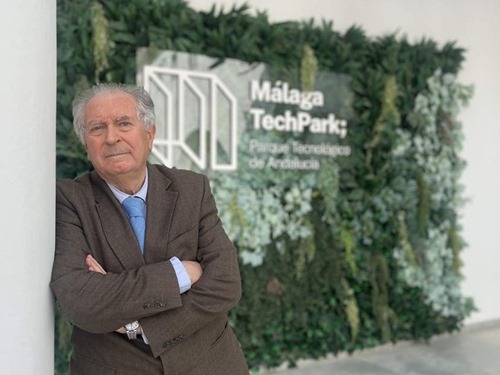
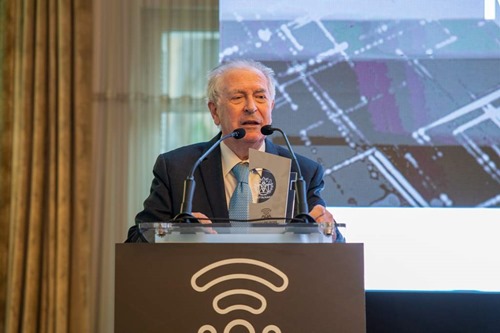
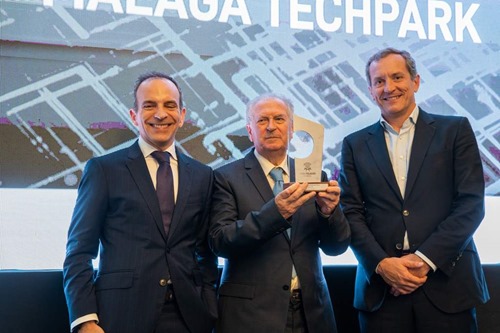

.jpg)
.jpg)
.jpg)
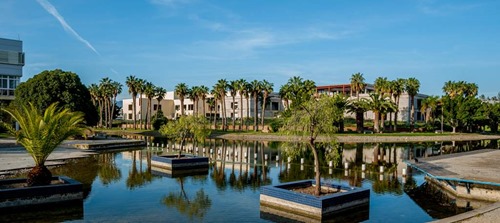
.jpg)
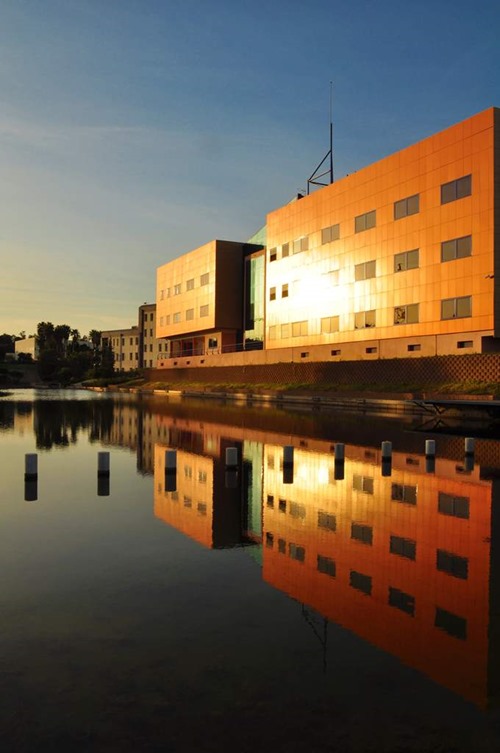
/canvascolor(0xffffffff)/PCT_VILLA_CLARA.png)
/canvascolor(0xffffffff)/ppnt_logo_EN.png)
/canvascolor(0xffffffff)/Captura_de_tela_2025-03-06_122825.png)
/canvascolor(0xffffffff)/MemberLogo-5658-6090.jpg)
/canvascolor(0xffffffff)/2017_06_19_South_Africa_The_Innovation_Hub.emf.jpg)
/canvascolor(0xffffffff)/LOGO_KFUID_2.jpg)
/canvascolor(0xffffffff)/VUTSouthernGauteng.png?rev2)
/canvascolor(0xffffffff)/2022_01_26_Italy_NOI.jpg)
/canvascolor(0xffffffff)/2017_10_30_Singapore_Singapore_SP.jpg.png)
/canvascolor(0xffffffff)/KL_LOGO_stor.jpg)
/canvascolor(0xffffffff)/photo_2023-11-04_12-18-10_1.jpg)
/canvascolor(0xffffffff)/SLSP_logo_2022.png)
/canvascolor(0xffffffff)/2024_06_04_Saudi_Arabai_Wadi_Jeddah.png)
/canvascolor(0xffffffff)/NSTP_Logo-1_(002).png)
/canvascolor(0xffffffff)/V_CLR_1_1.png)
/canvascolor(0xffffffff)/MemberLogo-5701-6142.jpg)
/canvascolor(0xffffffff)/ODTU_TEKNOKENT_logo_2016.png)
/canvascolor(0xffffffff)/2023_10_23_Sweden_Sandbacka_SP.jpg)
/canvascolor(0xffffffff)/Korea_Innovation_Foundation.png)
/canvascolor(0xffffffff)/MemberLogo-43801-157601.jpg)
/canvascolor(0xffffffff)/HiRes_logo_transparent.png)
/canvascolor(0xffffffff)/MemberLogo-59301-6100.jpg)
/canvascolor(0xffffffff)/2025_03_04_Germany_Ostfalen.png)
/canvascolor(0xffffffff)/2017_08_07_HHTP.png)
/canvascolor(0xffffffff)/pcyt_3.jpg)
